The convergence of Robotic Process Automation (RPA) with Copilots and Generative AI marks a significant transformation in automating business processes. This integration leverages the advanced capabilities of AI models to enhance the functionality, efficiency, and scope of RPA, paving the way for more intelligent, autonomous, and adaptive systems. In the modern business landscape, technology continues to reshape the way organizations operate. Two prominent advancements driving this transformation are Copilots and Robotic Process Automation (RPA). These technologies are revolutionizing workflows and boosting efficiency across various industries.
Understanding the Components
Robotic Process Automation (RPA)
Robotic Process Automation (RPA) leverages software robots to perform repetitive, rule-based tasks that were traditionally executed by humans, including data extraction, transaction processing, and interaction with digital systems via graphical user interfaces (GUIs). Data extraction involves web scraping and document processing using OCR technology, while transaction processing covers financial transactions like payment processing and order fulfillment in supply chain management. RPA bots also integrate with different software systems and handle customer service through chatbots and virtual assistants.
Leading RPA platforms like UiPath, Automation Anywhere, and Blue Prism facilitate the development, deployment, and management of RPA bots. UiPath offers an integrated development environment for designing workflows, a centralized platform for managing bots, and software agents that execute workflows. Automation Anywhere provides a cloud-native platform with tools for bot creation and management, real-time analytics, and cognitive automation for processing unstructured data. Blue Prism includes a visual process designer for creating workflows, a management interface for controlling automation processes, and scalable bots known as Digital Workers. Enhancements in RPA include the integration of artificial intelligence (AI) capabilities like machine learning, natural language processing, and computer vision, allowing RPA to handle more complex tasks. Modern RPA platforms support cloud deployments, enabling scalable and flexible automation solutions that can be managed remotely. Security features like role-based access control, data encryption, and audit trails ensure compliance with regulatory standards, and automated compliance checks help maintain adherence to legal requirements.
Copilots
Copilots are sophisticated AI-driven tools engineered to assist human users by providing context-aware recommendations, automating segments of workflows, and autonomously executing complex tasks. They utilize Natural Language Processing (NLP) and Machine Learning (ML) to comprehend, anticipate, and respond to user requirements. These tools can analyze large volumes of data in real-time to derive actionable insights, thereby enhancing decision-making processes. By understanding natural language, Copilots can interpret user instructions and convert them into executable tasks, reducing the need for manual intervention. For instance, they can automatically draft emails, generate reports, or suggest actions based on user queries. This capability significantly streamlines workflows and boosts productivity. Machine Learning enables Copilots to learn from historical data and user interactions, allowing them to improve their performance over time. They can identify patterns and trends, predict future outcomes, and provide proactive recommendations. For example, in a customer service context, Copilots can analyze past interactions to offer personalized responses, anticipate customer needs, and suggest the best course of action to the service agents.
Copilots can integrate seamlessly with various enterprise systems and applications, providing a unified interface for users to manage multiple tasks. They can autonomously handle routine tasks like scheduling meetings, managing calendars, and processing data entries, freeing up human resources for more strategic activities. In advanced applications, Copilots can interact with IoT devices, monitor system performance, and trigger corrective actions without human intervention. This level of automation and intelligence transforms how businesses operate, driving efficiency and innovation. The deployment of Copilots across industries demonstrates their versatility and impact. In healthcare, they assist in patient management and diagnostics. In finance, they automate compliance reporting and risk assessment. In manufacturing, they optimize supply chain logistics and predictive maintenance. The continuous advancements in NLP and ML are expanding the capabilities of Copilots, making them indispensable tools in the digital transformation journey of organizations.
Generative AI
Generative AI encompasses sophisticated algorithms, primarily neural networks, that are capable of generating new data closely resembling the data they were trained on. This includes a range of models such as GPT-4, DALL-E, and Codex, each excelling in producing human-like text, images, and even code snippets. These models utilize deep learning techniques to achieve remarkable results, particularly leveraging architectures like transformers and Generative Adversarial Networks (GANs). Transformers are a type of model architecture that has revolutionized natural language processing by allowing models to understand and generate human-like text. They use mechanisms such as self-attention to weigh the importance of different words in a sentence, enabling the creation of coherent and contextually accurate responses. GPT-4, for example, is a transformer-based model that can engage in complex conversations, answer questions, and even generate creative content like stories and essays. GANs, on the other hand, consist of two neural networks: a generator and a discriminator.
Generative AI’s capabilities extend beyond text and images to include code generation. Codex, for instance, can understand and write code snippets in various programming languages, making it a valuable tool for software development. It can assist in automating coding tasks, debugging, and even creating entire applications based on user specifications. These models are trained on vast datasets, allowing them to learn the intricacies and nuances of the data they are exposed to. For example, GPT-4 has been trained on diverse internet text, giving it a broad understanding of language and context. DALL-E and similar models are trained on image-text pairs, enabling them to associate visual elements with descriptive language. The applications of generative AI are vast and varied. In creative industries, these models are used to generate original artwork, music, and literature. In business, they can automate content creation for marketing, generate synthetic data for training other AI models, and even create realistic virtual environments for simulations. In healthcare, generative AI can help design new drugs by simulating molecular structures and predicting their interactions.
How Copilots and Generative AI Adds Value in RPA
- Advanced Decision-Making:
Advanced decision-making in Robotic Process Automation (RPA) involves two key components: model training and real-time analysis. Generative AI models are trained on extensive datasets that include historical process data, transactional records, and user interactions. Through this training, the models learn to recognize patterns, identify anomalies, and understand decision criteria, thereby enhancing RPA decision-making capabilities. In real-time analysis, these trained models, often referred to as copilots, analyze real-time data streams to provide actionable insights for RPA bots. For example, in fraud detection, an AI model can detect unusual patterns and promptly trigger RPA bots to halt suspicious transactions, thereby improving security and efficiency.
- Enhanced Automation:
Enhanced automation scripts benefit significantly from the advanced capabilities of Generative AI. With its Natural Language Processing (NLP) capabilities, Generative AI can interpret and convert natural language descriptions of processes into automation scripts, thereby reducing the reliance on skilled developers. Through adaptive learning, Generative AI continuously learns from interactions and updates these automation scripts. This continuous optimization allows RPA bots to adapt to changing business environments and requirements without the need for manual intervention, ensuring they remain efficient and effective over time.
- Operational Efficiency:
Operational efficiency in Robotic Process Automation (RPA) is significantly enhanced through dynamic resource allocation and error reduction. Copilots, equipped with advanced monitoring capabilities, oversee RPA bot performance and dynamically allocate resources based on workload, priorities, and system health. Utilizing machine learning algorithms, these copilots can predict peak usage times and adjust bot activities to optimize performance. Generative AI models, trained on historical error data, play a crucial role in error reduction by predicting and preventing potential errors in RPA workflows, suggesting alternative actions or corrections to maintain smooth operations.
- Scalability and Flexibility:
Scalability and flexibility in Robotic Process Automation (RPA) are greatly enhanced through distributed processing and cross-domain automation. By leveraging cloud-based infrastructures, copilots and Generative AI enable the distribution of RPA tasks across multiple nodes, ensuring scalability and high availability. Generative AI facilitates cross-domain automation solutions by understanding and integrating processes across various business functions such as finance, HR, and customer service. This capability allows for seamless automation and coordination across different areas of a business, enhancing overall efficiency and effectiveness.
- Personalization and User Experience:
Personalization and user experience in Robotic Process Automation (RPA) are significantly improved through customized interactions and intelligent recommendations. Generative AI tailors RPA bot interactions based on user profiles, historical data, and contextual information, enhancing the end-user experience by making it more relevant and engaging. Copilots provide real-time, context-aware recommendations to users, streamlining workflows and reducing cognitive load on human operators. This intelligent guidance helps users work more efficiently and effectively, contributing to a better overall user experience.
Implementation Challenges and Considerations
- Data Privacy and Security:
Ensuring the privacy and security of sensitive data used for training AI models and during real-time processing is crucial. Techniques like differential privacy, data anonymization, and secure multi-party computation should be employed.
- Model Interpretability:
The decision-making processes of deep learning models can be opaque. Implementing explainable AI (XAI) techniques helps in understanding and validating the actions and recommendations of Copilots and Generative AI systems.
- Integration Complexity:
Seamless integration of Copilots and Generative AI with existing RPA platforms requires robust APIs, middleware solutions, and standardized communication protocols. Ensuring compatibility and interoperability with legacy systems is essential.
- Continuous Learning and Maintenance:
AI models need continuous updates with new data to remain effective. Establishing automated pipelines for data collection, model retraining, and deployment ensures that the systems evolve with changing business needs.
Real-World Applications:
Several industries are already experiencing significant advantages by integrating Copilots and Robotic Process Automation (RPA):
1- Finance:
In the finance sector, automation is revolutionizing transaction processing, compliance checks, and fraud detection. Copilots enhance these automated processes by offering real-time risk assessments and personalized investment advice. This combination not only increases efficiency but also improves decision-making accuracy in financial operations.
2- Healthcare:
Copilots are transforming healthcare by simplifying patient data management, appointment scheduling, and billing processes through automation. AI-powered Copilots also contribute to medical diagnostics and treatment recommendations, assisting healthcare professionals in making informed decisions faster and more accurately. This integration enhances patient care quality and operational efficiency within healthcare facilities.
3- Customer Service:
In customer service, chatbots are increasingly handling routine inquiries, freeing up human agents for more complex tasks. Copilots complement this by providing advanced support to human agents, enabling them to resolve intricate issues swiftly and with greater accuracy. This collaborative approach enhances overall customer satisfaction by ensuring prompt and effective resolution of customer queries and issues.
Conclusion
The integration of Copilots and Generative AI with Robotic Process Automation (RPA) represents a paradigm shift in how businesses harness technology to drive efficiency and innovation. By leveraging AI’s advanced capabilities, organizations across finance, healthcare, customer service, and beyond are reaping substantial benefits. From automating complex financial operations and enhancing patient care in healthcare to streamlining customer interactions and improving decision-making accuracy, these technologies are not just optimizing processes but also reshaping industries. As Copilots and Generative AI continue to evolve, their ability to adapt, learn, and innovate promises a future where intelligent automation plays a central role in the digital transformation journey of every organization, propelling them towards greater agility, productivity, and competitive advantage in the global market.
If you’re interested in how Copilots and Generative AI can benefit your business or the advancements it will pertain to in the future, talk to our technology experts at Optimus Fox and get your headstart in the Web3 Digital pathway by emailing us now at info@optimusfox.com

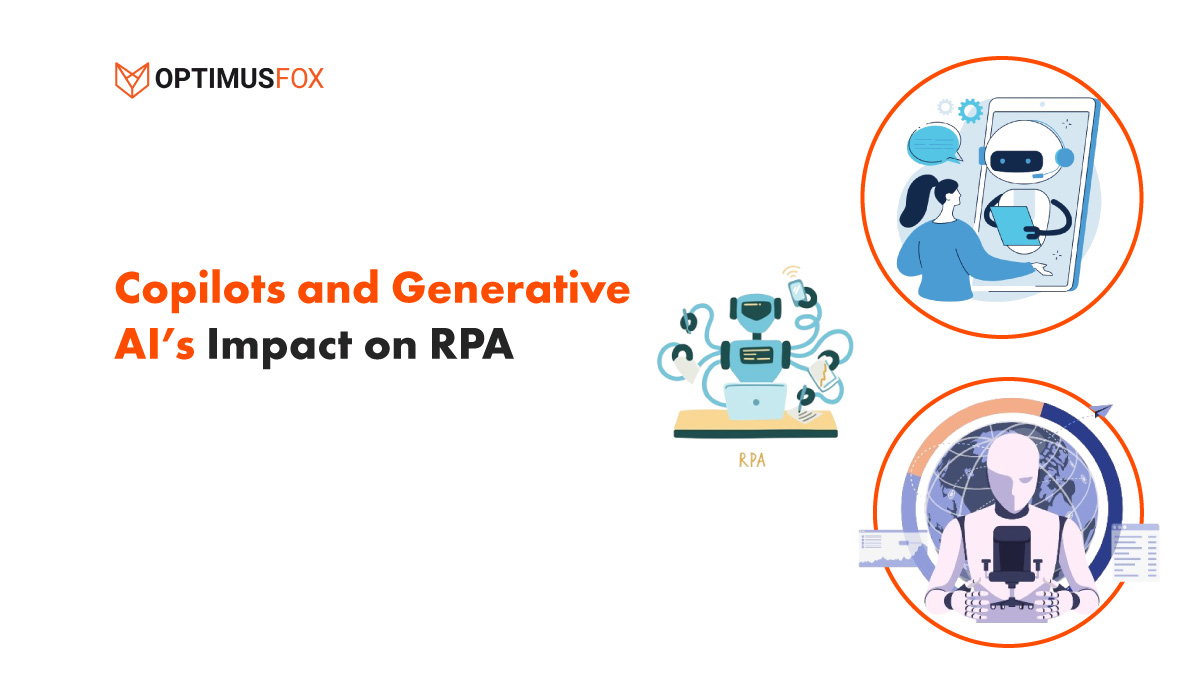
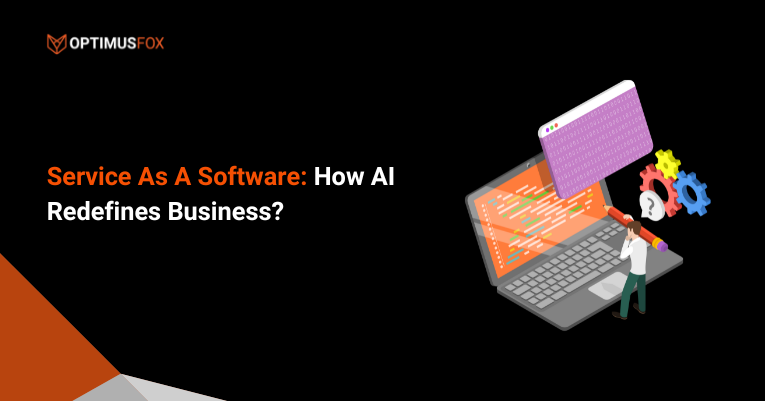


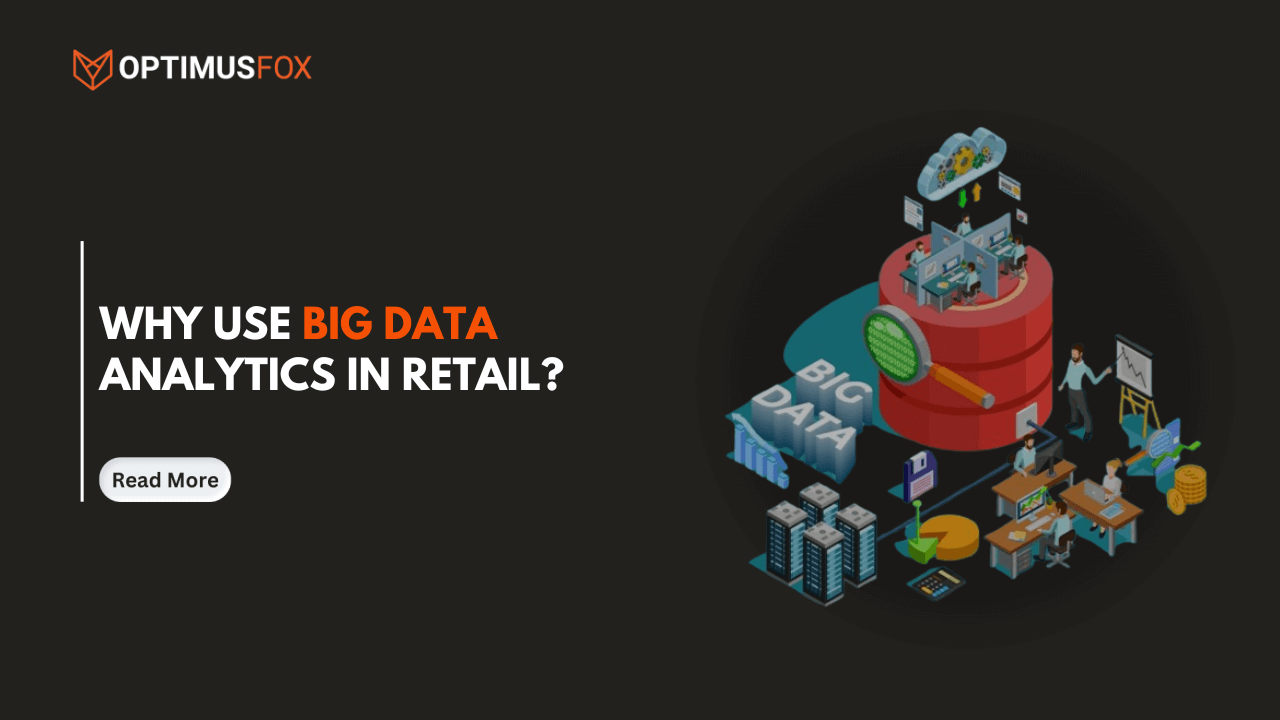
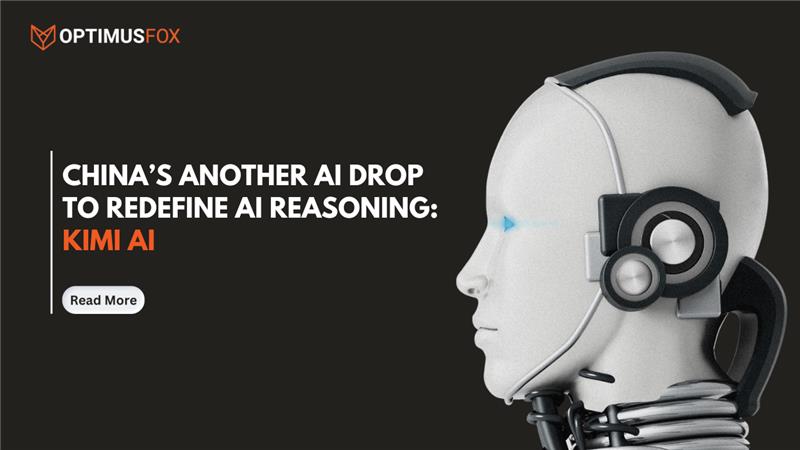
 Chat with us
Chat with us